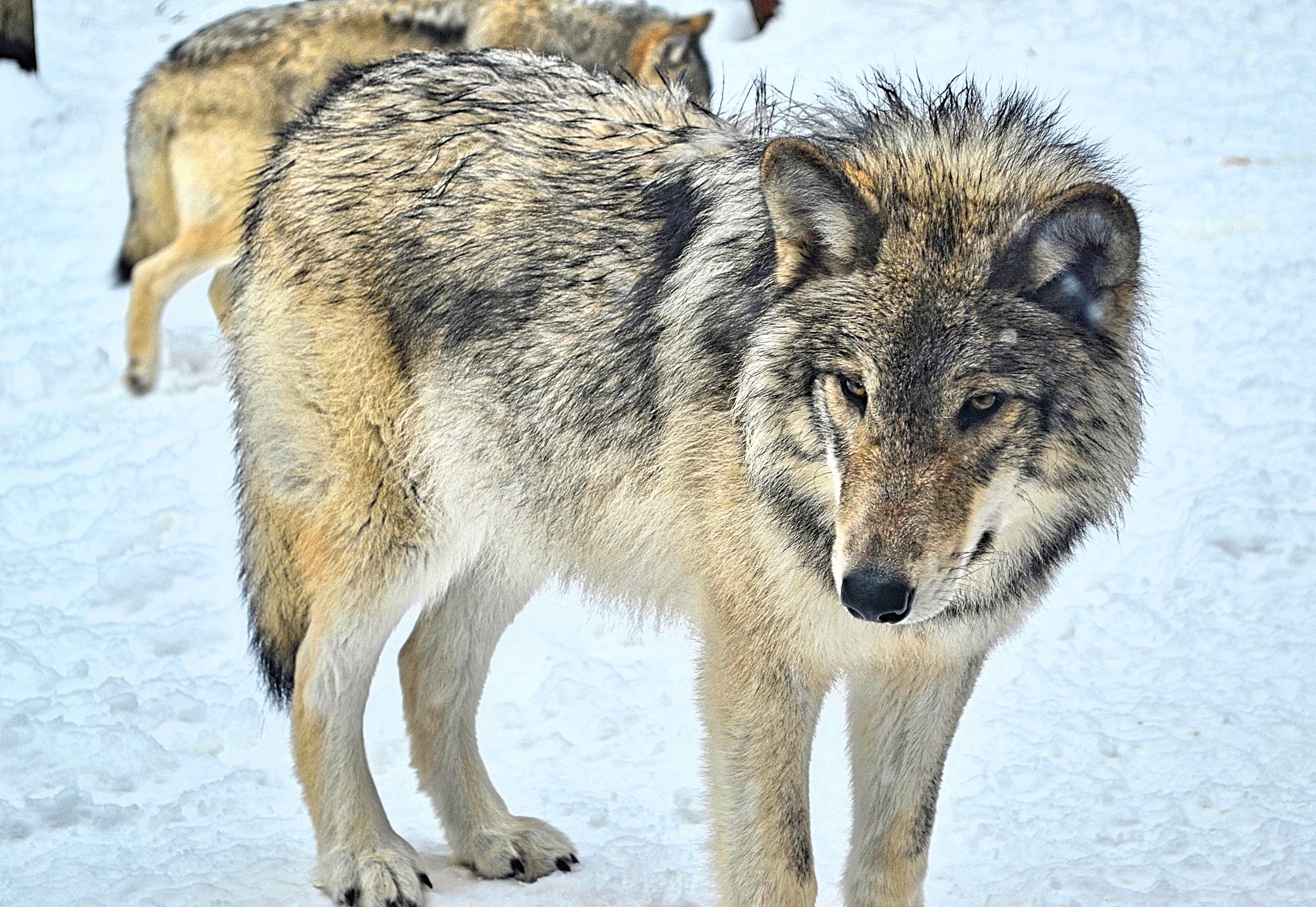
Wildlife of Canada
The Rocky Mountains, boreal forest, grasslands, and Arctic tundra are all part of Canada’s diverse landscape. Because of the country’s varied landscape, a wide range of animal species call it home. Take a look at some of the amazing species that live in Canada’s many national parks.
The Grey Wolf
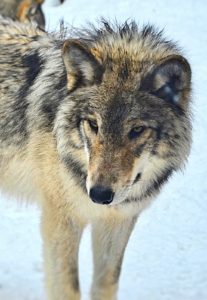
The grey wolf is a sociable animal that lives in highly hierarchical pack. Only the dominant male and female couples can reproduce. The other animals are dominated, and have to wait for food, for example, the permission of the dominant pair.
The colour of wolves in northern North America and Eurasia varies. Black, grey-brown, and white animals can all be found in a single pack. Wolves in eastern North America’s highly forested areas are more consistent in colour. They have a grizzled grey-brown coat that resembles that of German shepherd dogs.
Gray wolves are thought to be graceful predators and extremely social creatures who live in close-knit nuclear packs. These majestic creatures, a symbol of the wilderness and forerunners to our tamed dogs, may still be seen in rural places all over the world.
The Black Bear
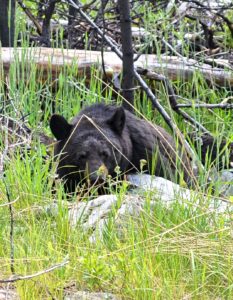
From Newfoundland and Labrador to British Columbia, the black bear can be found in wooded areas of Canada, as well as much of the United States and parts of Mexico. It is a solitary species for the majority of the year, but partners up briefly during mating season in the summer. For more than a year, cubs stay with their mother.
The bear’s feet have five curled claws that he can’t sheathe or hide. When looking for food, these are incredibly strong and are utilised for digging and breaking away roots, stumps, and old logs.
Grass, roots, berries, and insects make up the majority of their food. They’ll consume fish and mammals, including carrion, and they’ll quickly develop a taste for human food and waste.
The Snowy Owl
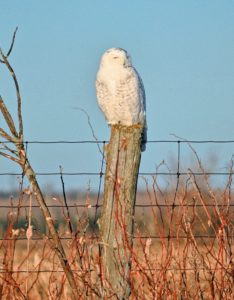
Snowy owls perch on the ground or on short posts. They have excellent eyesight, but they obviously can’t see their prey when it’s underneath snow or a thick layer of plants. To capture those meals, the owl relies on its other keen sense: hearing.
The Snowy Owl is a bird that lives in the high Arctic tundra and is always close to its food sources. Although the majority of these owls spend the winter in their northern territory, some do travel to southern Canada.
Snowy owls frequently stay together for life. Female snowy owls deposit three to eleven eggs at a time in a ground nest. Snowy owls hatch more eggs when there is lots of food available than when there isn’t.
The Red Fox
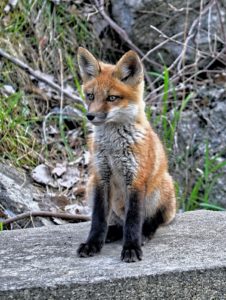
Foxes live around the world in many diverse habitats including forests, grasslands, mountains, and deserts. They also adapt well to human environments such as farms, suburban areas, and even large communities. The red fox’s resourcefulness has earned it a legendary reputation for being cunning.
Although many of them can be found in backyards, red foxes remain wild animals. That is why you should never feed foxes and stay a safe distance from them. At night, wildlife biologists recommend covering garbage cans and bringing in pets and pet food, according to wildlife biologists. Red foxes may lose wild abilities such as hunting if humans feed them. They won’t be able to subsist if they can’t hunt.
The red fox has exceptional hearing and can hear rodents tunnelling miles underground, which is a fascinating fact.
The Downy Woodpecker
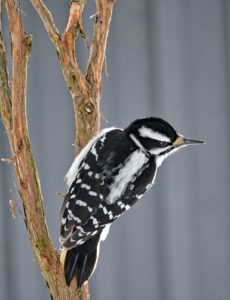
The Downy Woodpecker is a familiar sight at Mer Bleue Bog, where it joins flocks of chickadees. This is the most well-known member of the family in the east, readily entering towns and city parks and flocking to household bird feeders. Because of its diminutive size, it can graze on weed stalks as well as in huge trees. In the winter, it frequently congregates in the woods with travelling mixed flocks of chickadees, nuthatches, and other birds.
The downy woodpecker is our smallest woodpecker, but it is also one of our most common and familiar species; it is a trusting bird that frequently visits feeders. It resembles a smaller version of the hairy woodpecker in every way, with the exception of the broad white stripe along the back, which distinguishes it from our other species.
The Pileated Woodpecker
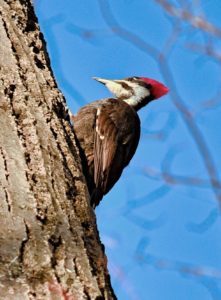
With a range that stretches from the east coast to the west coast, the Pileated Woodpecker is a widespread year-round resident of Canada’s deciduous and coniferous woods. The Breeding Bird Survey and the Christmas Bird Count both show a significant rise in population since 1970 across the species’ range in Canada. Red-headed Woodpeckers, Yellow-bellied Woodpeckers, Northern Flickers, Red-naped Woodpeckers, Williamson’s Woodpeckers, and Lewis’s Woodpeckers are among the 14 species of woodpeckers found in Canada.
The hammering of the pileated woodpecker can be heard for miles in the woodlands where they live. They beat their drums to attract mates and mark the borders of their territory, as well as to keep rival males at bay.
The Squirrel
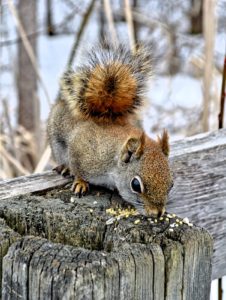
Grey squirrels in the eastern United States Sciurus carolinensis is usually found in two colour phases, grey and black, leading some individuals to believe there are two species. In the northernmost parts of the species’ range, such as Ontario and Quebec, black is generally the prevailing colour. In the winter, the squirrel’s fur is thicker and longer.
The eastern grey squirrel’s thick bushy tail is its most distinguishing physical trait. Indeed, the Latin word sciurus comes from two Greek words: skia, which means shadow, and oura, which means tail.
Sound and bodily motions, such as tail flicking, are used to communicate with one another. Eastern grey squirrels use warning sounds to alert other squirrels when predators such as red foxes and red-tailed hawks are around.
The White-Tailed Deer
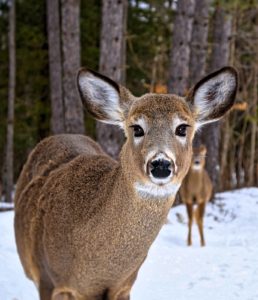
The white-tailed deer is a small deer (90 cm at the shoulder) Its tail, relatively longer, is white underneath and brings out vertically when running. The conversion of terrain adjacent to the Canadian Rockies to agricultural use, as well as partial clear-cutting of coniferous trees, resulting in broad deciduous vegetation, has favoured the white-tailed deer, pushing its distribution as far north as Yukon.
Bobcats, mountain lions, and coyotes prey on white-tailed deer in the wild, especially the young. To outrun predators, they use speed and agility, sprinting up to 30 mph and leaping as high as 10 feet and as far as 30 feet in a single bound.
The Bison
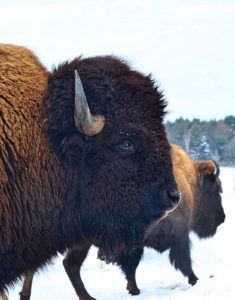
The American bison and the European bison are the largest surviving terrestrial animals in North America and Europe. They are typically cloven hooved ungulates, and are similar in appearance to other bovines such as cattle and the buffalo.
Plains bison were believed to number 30 million and wood bison 170,000 before Europeans arrived. The dramatic depopulation of North America’s bison was caused by a variety of factors related to European colonialism.
During the summer breeding season, females (cows) and mature males (bulls) dwell in tiny, independent bands and congregate in big herds. Males compete for mating rights, although these bouts are rarely violent.
The Beaver
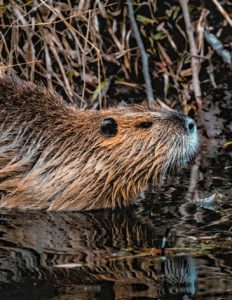
The beaver is an older Canadian symbol than the maple leaf, and it has had a greater impact on Canadian history. It is Canada’s largest rodent and the world’s second-largest rodent. It’s mostly nocturnal and dwells in a semi-aquatic environment. Aside from humans, the beaver is one of the few creatures who can create its own ecosystem. Dams, canals, and lodges are among its many accomplishments. One or more beaver-built dams provide deep water for safety from predators, allowing it to establish colonies.
Beavers are strong swimmers who can swim for up to 15 minutes underwater. The snout and ears of the beaver close to keep water out as it dives below. To aid the beaver’s vision, transparent inner eyelids close over each eye.
The Mountain Goat
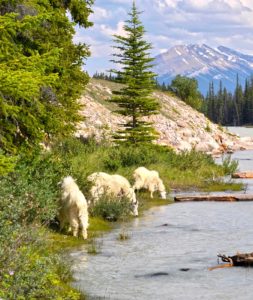
The mountain goat, commonly known as the Rocky Mountain goat, is an endemic North American hoofed animal. It’s a sure-footed climber that may be found on cliffs and ice, and it’s a subalpine to alpine species. Mountain goats can withstand temperatures as low as -50 degrees Celsius and winds of up to 90 kilometres per hour, as well as heavy snow, avalanches, rock falls, and ice. Mountain goats have withstood harsh conditions in western North America during ice eras over the past 40,000 years.
Mountain goats have beards, short tails, and long black horns that measure 15–28 cm and retain yearly growth rings. Their fluffy white double coats protect them from the elements. Their undercoats are made up of fine, dense wool that is covered by a layer of longer, hollow hairs.
The Arctic Fox
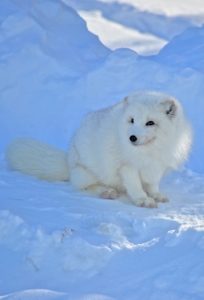
The Arctic fox, also called the white fox, polar fox, or snow fox, is a small fox that is indigenous to the Northern Hemisphere’s Arctic areas. It is widespread throughout the Arctic tundra biome. It is well recognised for its thick, insulating fur, which doubles as camouflage and is well adapted to surviving in frigid climates. Its tail is big and extremely fluffy. Most animals in the wild can not survive past their first year, however some remarkable ones can live up to 11 years. With a generally circular body form to reduce heat loss, its body length spans from 18 to 27 inches.
The Arctic fox feeds on a variety of small animals, including fish, waterfowl, seabirds, ringed seal pups, lemmings, and voles. Along with these things, it consumes carrion, berries, seaweed, insects, and other tiny invertebrates. During the breeding season, Arctic foxes form monogamous pairs and remain together to raise their young in intricate underground dens.
Although the Arctic fox inhabits some of the world’s coldest regions, they do not begin to shiver until the temperature dips to 70 °C (94 °F). Its thick, multilayered pelage, which is one of its adaptations for surviving in the cold, offers excellent insulation. The only canid whose foot pads are coated with fur is the Arctic fox.
. . .



